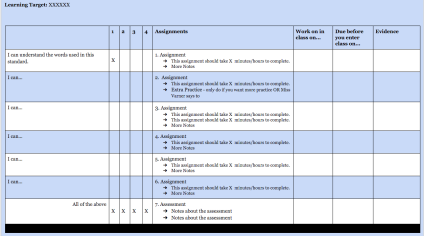
Top of the stack, use pop() without an explicit index. Item to the top of the stack, use append(). The list methods make it very easy to use a list as a stack, where the lastĮlement added is the first element retrieved (“last-in, first-out”). For example, 3+4j < 5+7j isn’t a validĬomparison. Also, there are some types that don’t have a defined Integers can’t be compared to strings and None can’t be compared to 1 This is a design principle for all mutable data structures inĪnother thing you might notice is that not all data can be sorted orĬompared. Only modify the list have no return value printed – they return the default You might have noticed that methods like insert, remove or sort that index ( 'banana', 4 ) # Find next banana starting a position 4 6 > fruits. Equivalent to a.Īn example that uses most of the list methods: Reverse the elements of the list in place. Sort the items of the list in place (the arguments can be used for sortĬustomization, see sorted() for their explanation). Return the number of times x appears in the list.

Create a matrix in g docs full#
The returned index is computed relative to the beginning of the full Notation and are used to limit the search to a particular subsequence of The optional arguments start and end are interpreted as in the slice Raises a ValueError if there is no such item. Return zero-based index in the list of the first item whose value is equal to x. Will see this notation frequently in the Python Library Reference.) list. Is optional, not that you should type square brackets at that position. Square brackets around the i in the method signature denote that the parameter Is specified, a.pop() removes and returns the last item in the list. Remove the item at the given position in the list, and return it. Remove the first item from the list whose value is equal to x. The list, and a.insert(len(a), x) is equivalent to a.append(x). The first argument is the index of theĮlement before which to insert, so a.insert(0, x) inserts at the front of extend ( iterable )Įxtend the list by appending all the items from the iterable. Here are all of the methods of listĪdd an item to the end of the list. The list data type has some more methods. When we put data like this into a table and draw a scatterplot in Sheets, we would get a scatterplot that looks like this.This chapter describes some things you’ve learned about already in more detail,Īnd adds some new things as well. A perfect correlation is 1 and this can be represented by r2.

The stronger the relationship between the two variables the stronger the correlation is. If we collected the data and put it in a table we would have two variables and be able to draw a scatterplot of time versus temperature. If we heat the pot for a longer period, the hotter the water will become. If we put a pot of water on some heat and measure the temperature at certain times, we would get two pieces of data that are related to each other. Here’s a helpful metaphor to illustrate how a scatterplot works.
Create a matrix in g docs how to#
If scatterplots are a foreign concept or how to find the strength of the relationship between data, read on. Making a scatterplot and finding the line of best fit or trendline was a piece of cake in Excel, but I could never do it in Google Sheets until I found a way to build a meaningful scatterplot, put in a trendline and find the correlation coefficient within a couple of clicks. As a maths teacher, I always liked collecting data and finding the strength of the relationship between the data.


 0 kommentar(er)
0 kommentar(er)
